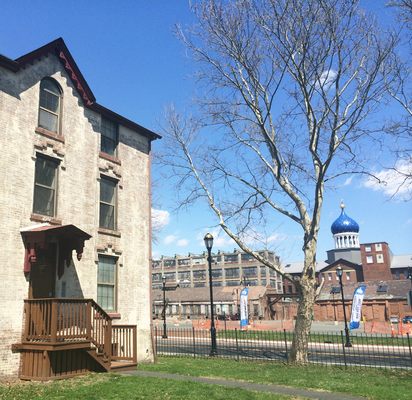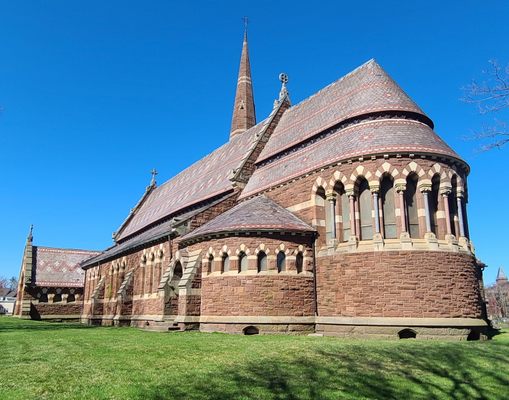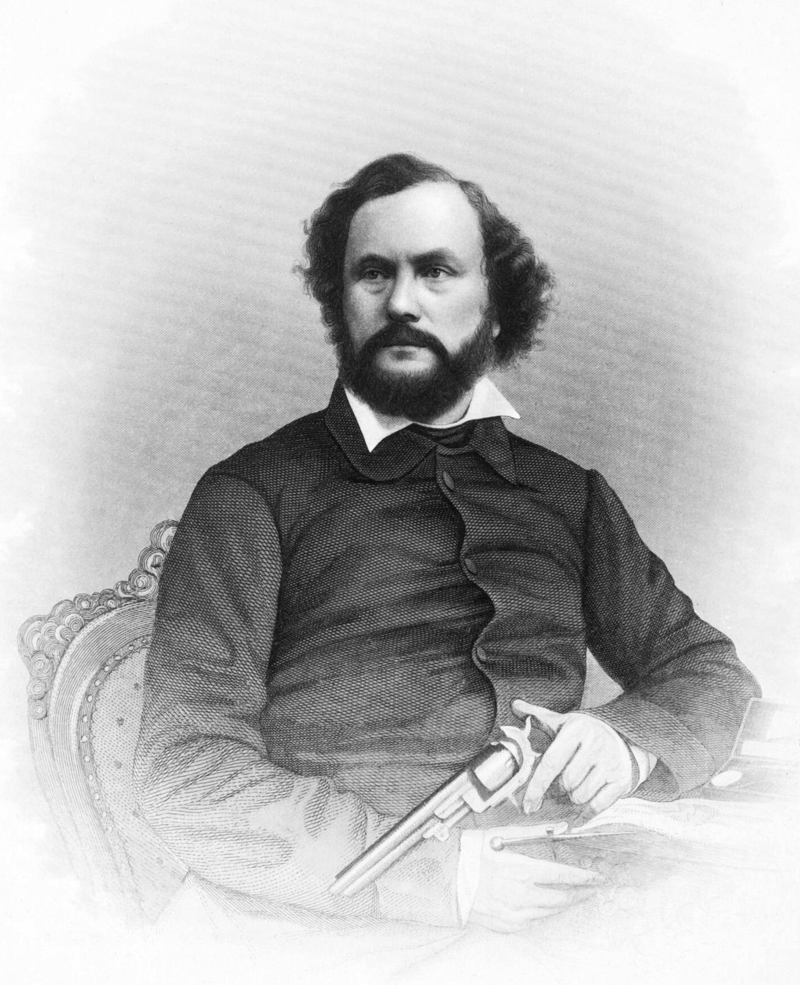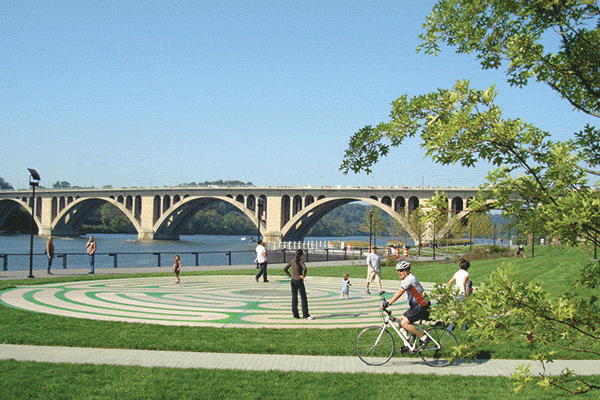About
Just off Interstate 91 near Hartford, Connecticut is an architectural oddity that would look more at home in Moscow’s Red Square than alongside a placid section of the Connecticut River. Visible from the road is a giant dome in the shape of an onion, colored bright blue, emblazoned with gold stars, and topped with a statue of a rampant horse.
Underneath that blue dome lies the east armory of a factory once owned by a man who changed American history, the innovator of the revolver, Samuel Colt. Sprawling around the crumbling red brickwork of the old Colt’s Patent Firearms Manufacturing Company, once the largest private armory in the world, are the remnants of Coltsville, the utopian village he built for his workers.
A model of 19th century industrial paternalism, Coltsville included a church, a social hall for dances and lectures, workers’ housing, a giant landscaped park home to deer and peacocks, sculpted botanical gardens, and thousands of feet of greenhouses filled with tropical fruit and flowers. Samuel Colt felt such responsibility for the welfare of his workers outside the factory that he went so far as to build Potsdam Village, to replicate the feel of the German village from which he imported his skilled craftsmen to work in his willow ware factory.
Remarkably, most of the idealistic village created 150 years ago is still intact, although it has not been preserved in any way, and is little known outside of Hartford. Colt built his giant manufacturing plant in his hometown of Hartford, Connecticut. The Manufacturing Company abandoned the property in 1994, moving west of the city. The railway line is still there, rusted and unused. Before the construction of Interstate-91, the red brick facade of the main entrance looked directly onto the river. The giant blue dome that looks wildly out of place in Connecticut was actually inspired by the Orthodox churches in St. Petersburg, Russia, where Colt presented Czar Nicholas I with a gold, engraved Dragoon revolver. This cobalt symbol of Colt’s flamboyance sat atop the east armory, which was similarly ornate and remarkable for a 19th-century factory, designed in the style of the Italian Renaissance. The original sign that hung above the main entrance is still there, decorated with an oversized Colt revolver. In 2008, Coltsville was designated a National Historic Landmark, indicating the national significance and high level of historic preservation needed for park status. Coltsville received congressional approval to become a national park in December 2014.The National Park Service began having on-site presence in 2015, with workshops and tours, including up into the Blue Onion Dome which affords magnificent views of downtown Hartford, the Connecticut River and Colt Park, formerly the back yard of Armsmear, Samuel & Elizabeth Colt's mansion. By 2016, an NPS ranger had taken up residence in the South Armory and was giving walking tours of Coltsville.
The old South, East and North armories are under renovation and the two 1855 brownstone buildings, the oldest structures on site, will become the National Park Service Visitor Center. The armories themselves have been or are being renovated into apartments, offices and education facilities.
The future of Coltsville is bright. The National Park Service activity has had a ripple affect on the surrounding neighborhood. Apartments at Colt Gateway are at or near 100% capacity; efforts are underway to make the streets more pedestrian- and bike-friendly; improvements are being made to the Church of the Good Shepherd (Elizabeth Colt's memorial to her husband) and the Caldwell Colt Memorial Parish House (memorial to her son), both of which are architectural masterpieces; walking tours of Coltsville are more frequently scheduled.
Related Tags
Community Contributors
Added By
Published
September 15, 2016

































































































